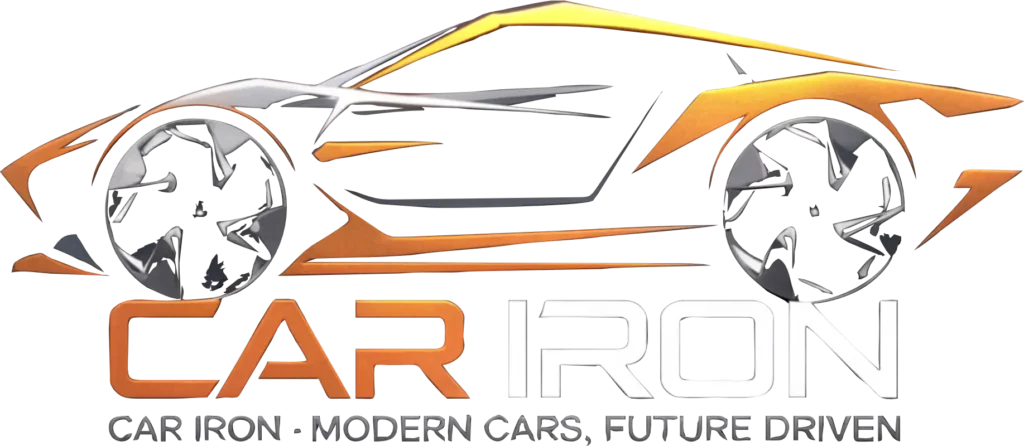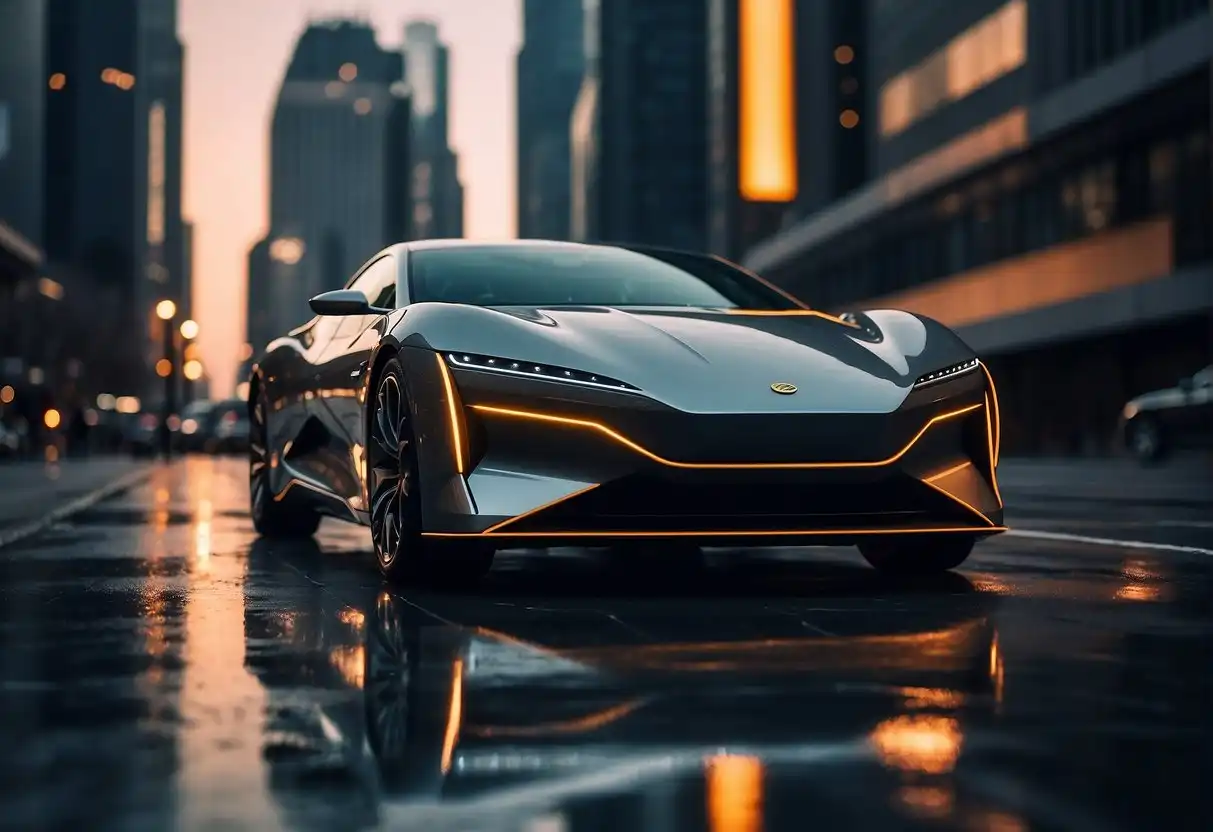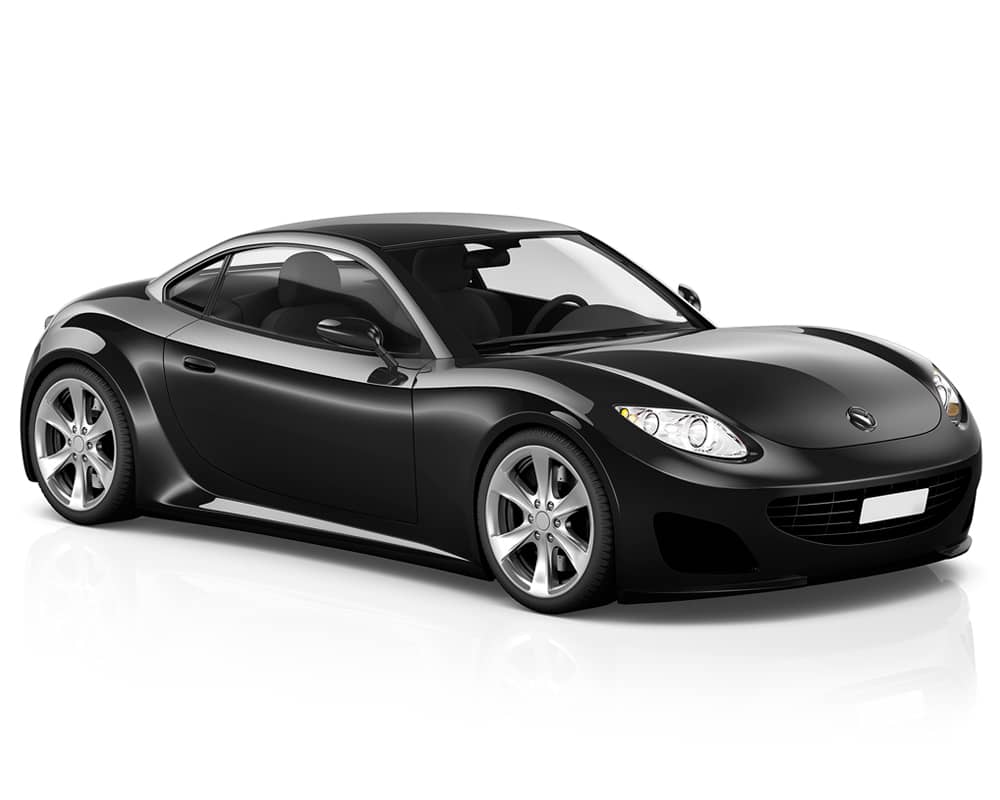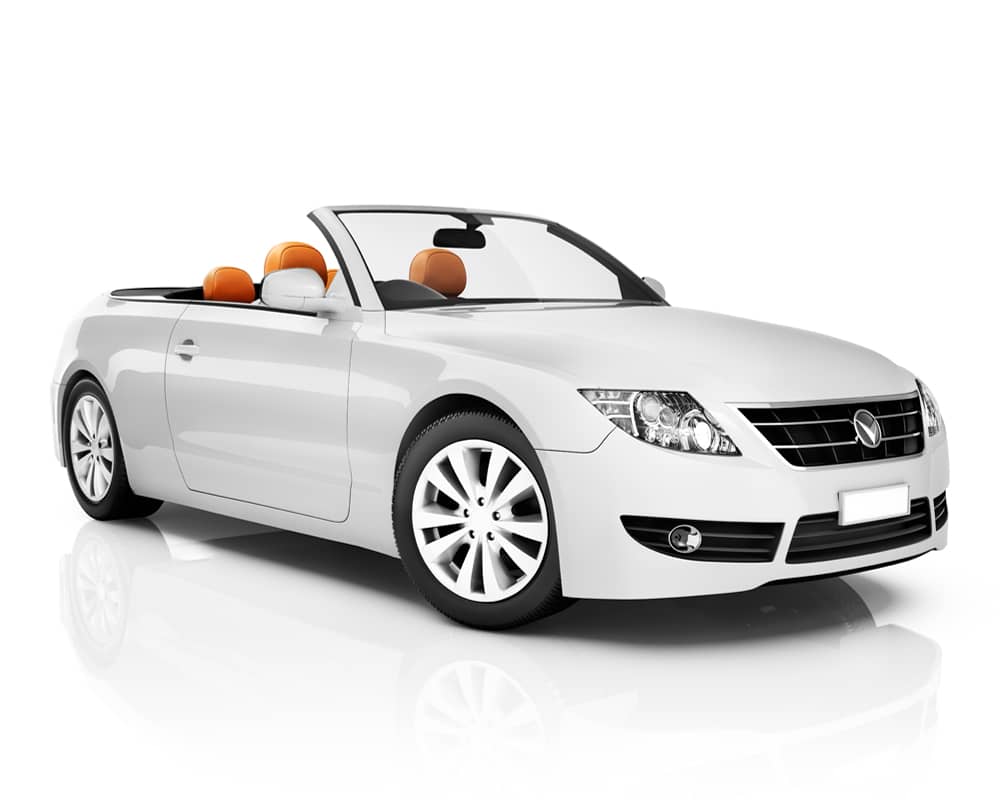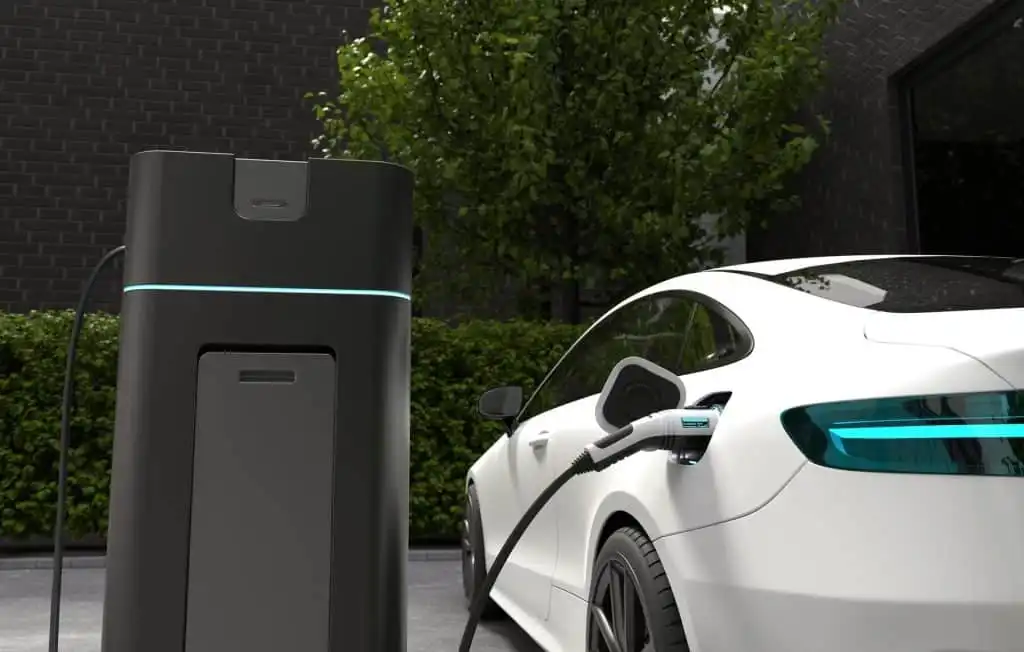Car design has come a long way since the first automobile was created in the late 19th century. What began as a simple means of transportation has now evolved into a marvel of technology, safety, sustainability, and luxury. Innovation in car design continues to reshape the automotive industry, influencing everything from the materials used in manufacturing to the way vehicles operate on the road. In this blog, we’ll explore the evolution of car design and how innovation is shaping the future of vehicles.
1. The Early Days of Car Design
The history of car design dates back to the late 1800s, with the creation of the first gasoline-powered automobile by Karl Benz in 1885. Early car designs were simple and utilitarian, focusing on functionality rather than aesthetics. The vehicles were bulky, slow, and often unreliable, with wooden frames and basic metal parts. Safety features were virtually non-existent, and performance was limited.
Why this matters:
-
The foundation of car design in its early stages was all about overcoming mechanical and engineering challenges to make cars practical and affordable.
2. The Rise of Mass Production and Streamlined Design
The 20th century marked a turning point in automotive history, with the advent of mass production. Henry Ford revolutionized the industry by introducing the assembly line in 1913, allowing for the mass production of affordable vehicles. This shift led to a dramatic increase in car ownership and changed the way cars were designed.
During this period, car design started to focus more on consumer needs, such as comfort, speed, and efficiency. Streamlined designs became popular, and the introduction of the V8 engine in the 1930s brought a new level of power and performance to vehicles.
Why this matters:
-
Mass production allowed for greater accessibility to cars, creating a competitive market where manufacturers began to focus on features that appealed to a wide range of consumers, including aesthetics, performance, and affordability.
3. Safety and Comfort Take Center Stage
As the automotive industry grew, safety and comfort became central concerns. The 1950s and 1960s saw the introduction of new features like seat belts, airbags, and crumple zones to protect passengers in the event of an accident. These innovations revolutionized car design, making it safer and more comfortable to drive.
At the same time, car manufacturers began to incorporate more luxurious features, such as plush seating, air conditioning, and advanced sound systems, making the driving experience not just about getting from point A to point B, but also about enjoying the journey.
Why this matters:
-
Safety and comfort have always been key components in car design, and the introduction of these features played a crucial role in making cars more accessible and attractive to a broader range of drivers.
4. The Emergence of Fuel Efficiency and Environmental Concerns
The oil crisis of the 1970s was a wake-up call for the automotive industry, leading to an increased focus on fuel efficiency and environmental impact. The rising cost of gasoline prompted manufacturers to design smaller, more fuel-efficient cars. The compact car boom of the 1980s reflected this shift, with cars like the Honda Civic and Toyota Corolla becoming popular choices for cost-conscious consumers.
As environmental concerns grew, car manufacturers began to incorporate cleaner technologies and materials into their designs. The introduction of hybrid vehicles like the Toyota Prius in the late 1990s marked the beginning of a new era in sustainable automotive design.
Why this matters:
-
The rise of fuel-efficient and environmentally friendly cars was a response to the growing demand for vehicles that didn’t just perform well but also had a lower environmental impact. This trend has continued into the 21st century as sustainability remains a top priority.
5. The Digital Revolution and Smart Cars
The turn of the 21st century brought with it a wave of technological advancements that transformed the automotive industry. The integration of digital technology into vehicles began with the introduction of GPS navigation systems and in-car entertainment options. As technology advanced, so did the possibilities for car design.
Smart technology, such as infotainment systems, voice-activated controls, and advanced driver-assistance systems (ADAS), became standard in many vehicles. These innovations improved the driving experience by offering convenience, connectivity, and safety features. Sensors, cameras, and radar systems began to play a major role in modern car design, enabling features like adaptive cruise control, lane-keeping assist, and automatic emergency braking.
Why this matters:
-
The digital revolution has significantly enhanced the driving experience, making it safer, more enjoyable, and more connected. The rise of smart cars has shifted the focus of car design from just mechanics and aesthetics to the seamless integration of technology.
6. Electric Vehicles and Sustainable Design
The future of car design is being shaped by a focus on sustainability and the shift toward electric vehicles (EVs). EVs like the Tesla Model S have demonstrated that electric cars can be stylish, high-performance, and environmentally friendly. The push for EVs has led to a significant redesign of vehicles, with manufacturers focusing on improving battery efficiency, reducing weight, and incorporating renewable materials.
The design of electric vehicles is also influencing the shape and structure of cars. Without the need for traditional internal combustion engines, designers have the freedom to create vehicles with unique forms and layouts. EVs are also leading the way in sustainable materials, with many manufacturers using recycled plastics, vegan leather, and other eco-friendly components.
Why this matters:
-
Electric vehicles are not just a trend; they represent the future of car design. As more consumers demand eco-friendly options, car manufacturers are rethinking how vehicles are powered, designed, and produced to reduce their environmental impact.
7. Autonomous Vehicles: The Future of Car Design
The most futuristic innovation in car design is undoubtedly autonomous vehicles. Self-driving cars have the potential to change the very concept of car ownership and use. The design of these vehicles is focused on creating a comfortable, intuitive experience for passengers, as the need for traditional driving controls (steering wheel, pedals) may disappear.
Autonomous vehicles are also designed to interact with smart infrastructure, such as traffic lights, road signs, and other vehicles. The integration of artificial intelligence and machine learning in vehicle systems allows autonomous cars to adapt to real-time conditions and improve their driving capabilities over time.
Why this matters:
-
The development of autonomous vehicles is set to revolutionize car design in ways we can’t yet fully imagine. As technology continues to evolve, vehicles will become more intelligent, efficient, and connected, pushing the boundaries of what’s possible.
8. The Future: A Blend of Innovation and Sustainability
As we look ahead, the future of car design will undoubtedly be a blend of innovation and sustainability. Consumers are increasingly demanding vehicles that are not only efficient and safe but also environmentally responsible. Designers and manufacturers will continue to innovate by incorporating advanced technology, eco-friendly materials, and sustainable manufacturing processes.
With the rise of electric vehicles, autonomous driving, and smart technologies, the next generation of cars will be more connected, energy-efficient, and customizable than ever before.
Why this matters:
-
The future of car design is bright, and it’s being shaped by the need for sustainability and innovation. As technology continues to evolve, we can expect vehicles that are not just modes of transportation but sophisticated, eco-conscious machines that meet the needs of a changing world.
Conclusion
The evolution of car design has been a journey of continuous improvement, driven by advances in technology, materials, and consumer needs. From the early days of basic vehicles to the sophisticated, tech-savvy cars of today, innovation has been at the heart of every new development. As we move into the future, we can expect car design to be increasingly focused on sustainability, safety, and technology, creating a new era of vehicles that will transform the way we drive.
With electric vehicles, autonomous driving, and smarter, greener designs on the horizon, the future of car design is looking brighter than ever. Whether you’re looking for more sustainable transportation or an exciting new technological experience, the future of vehicles is full of possibilities. Stay tuned for the next chapter in the evolution of car design!
